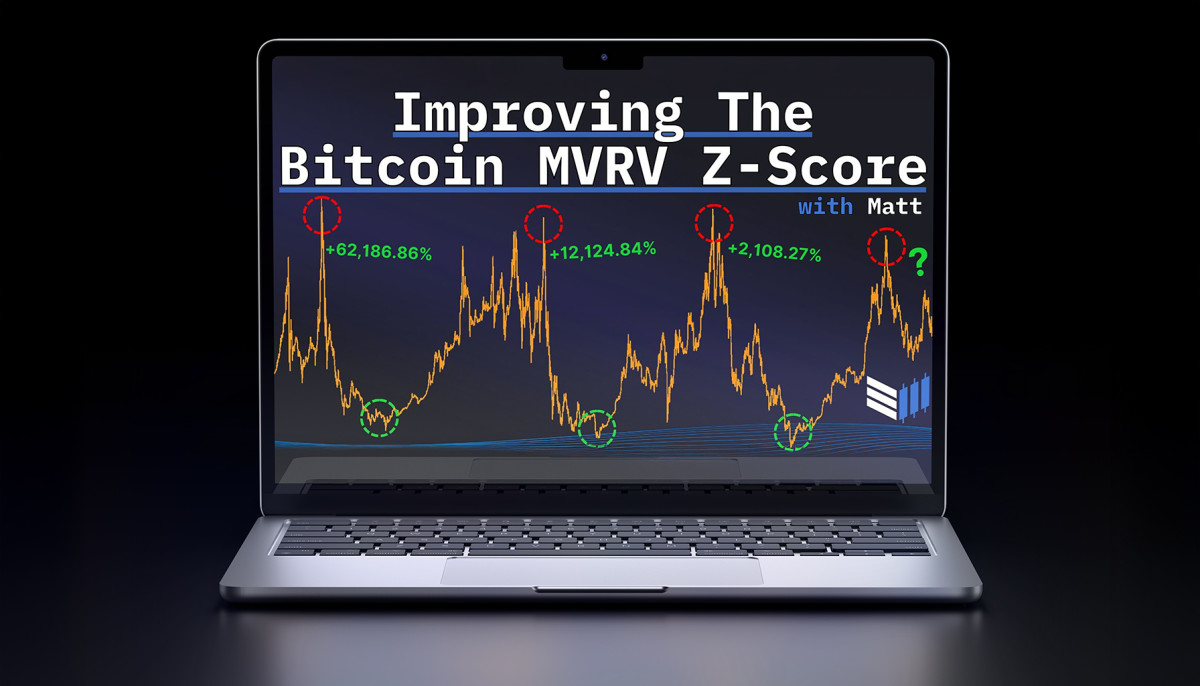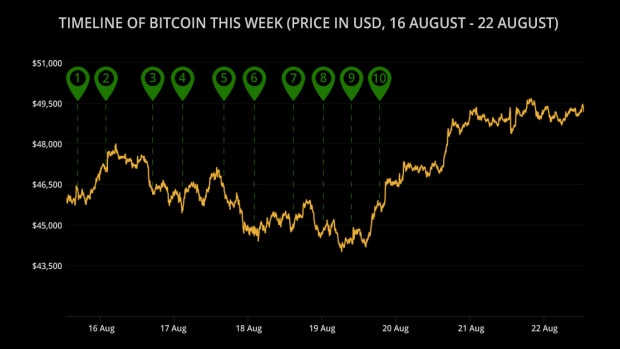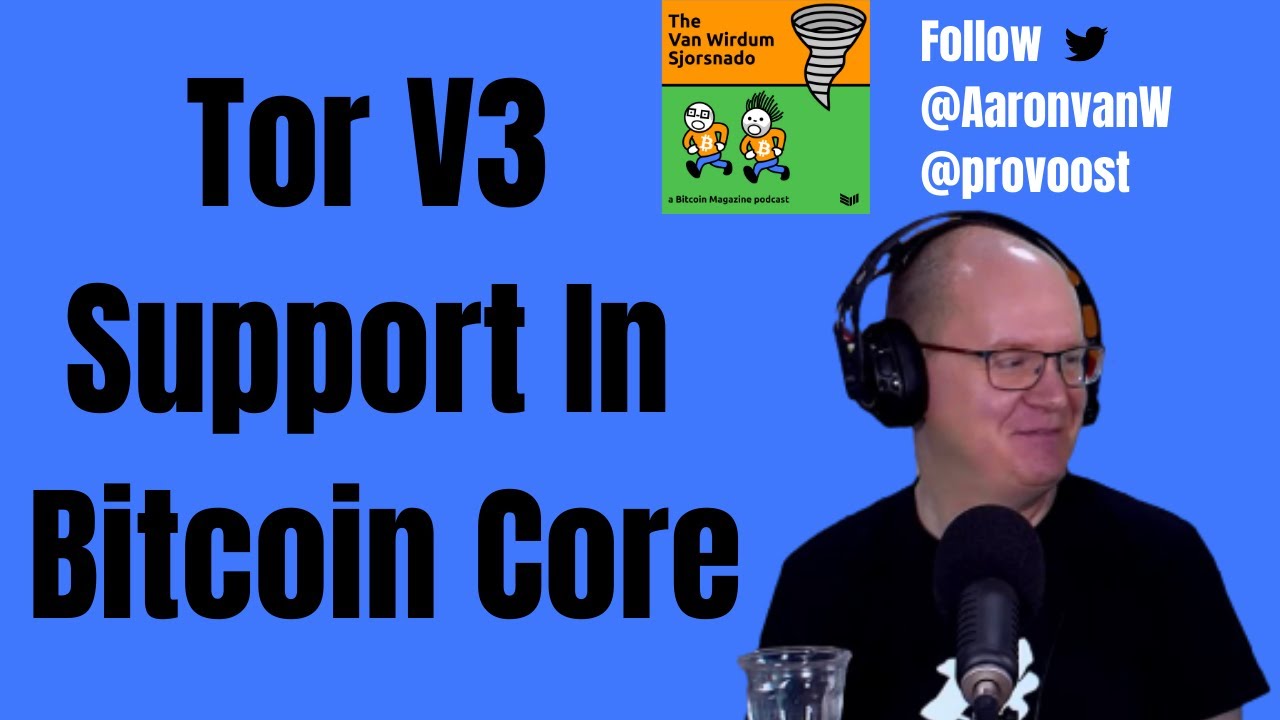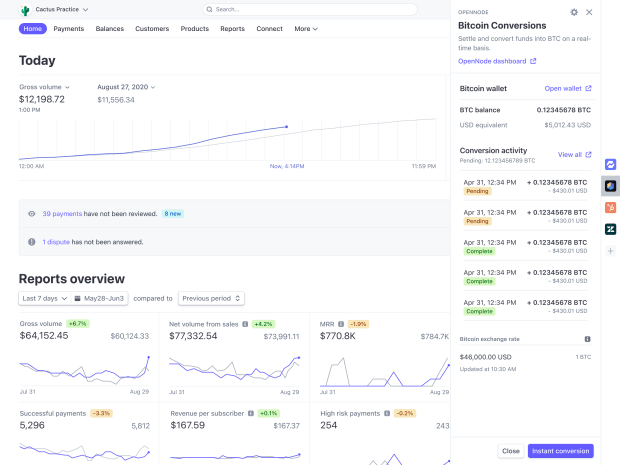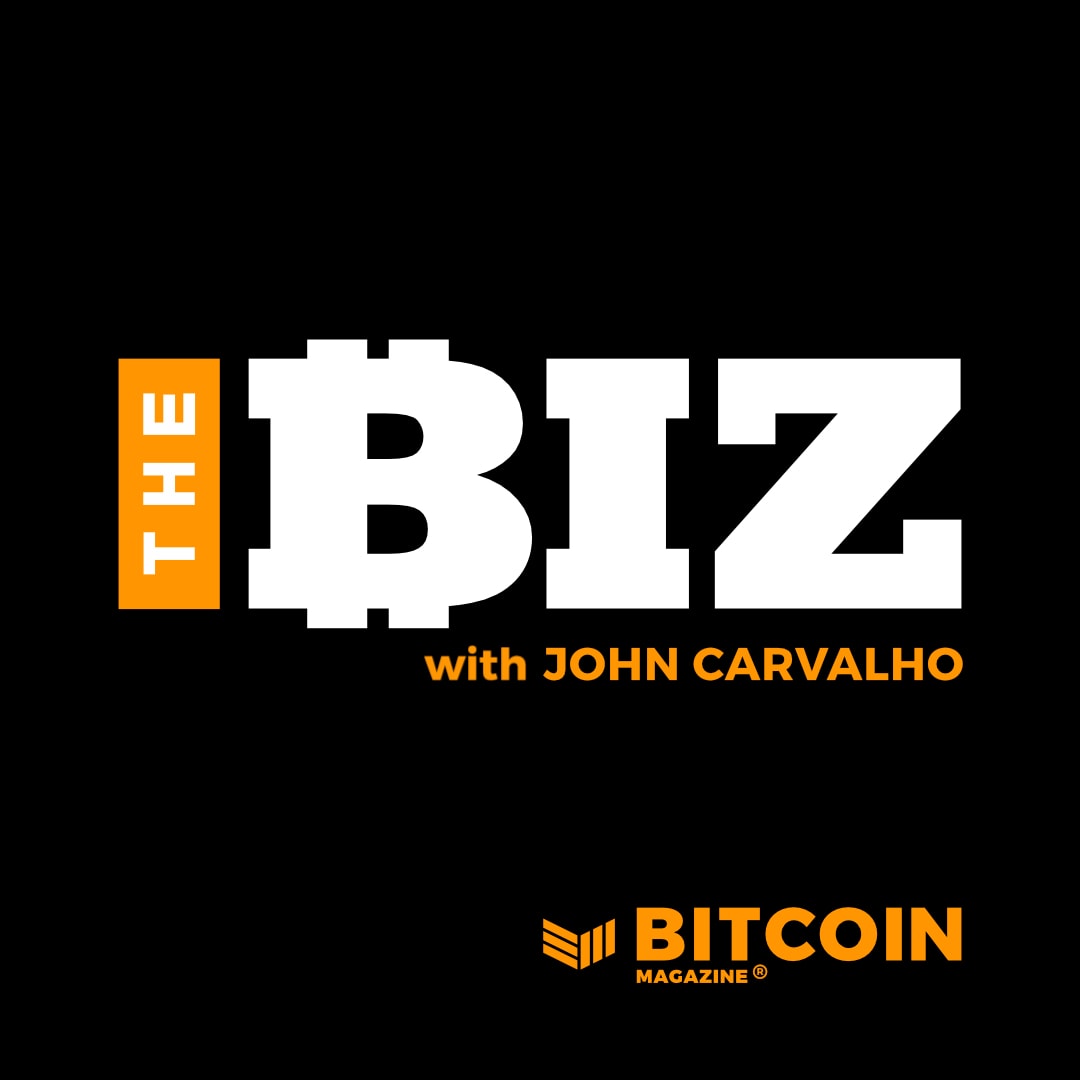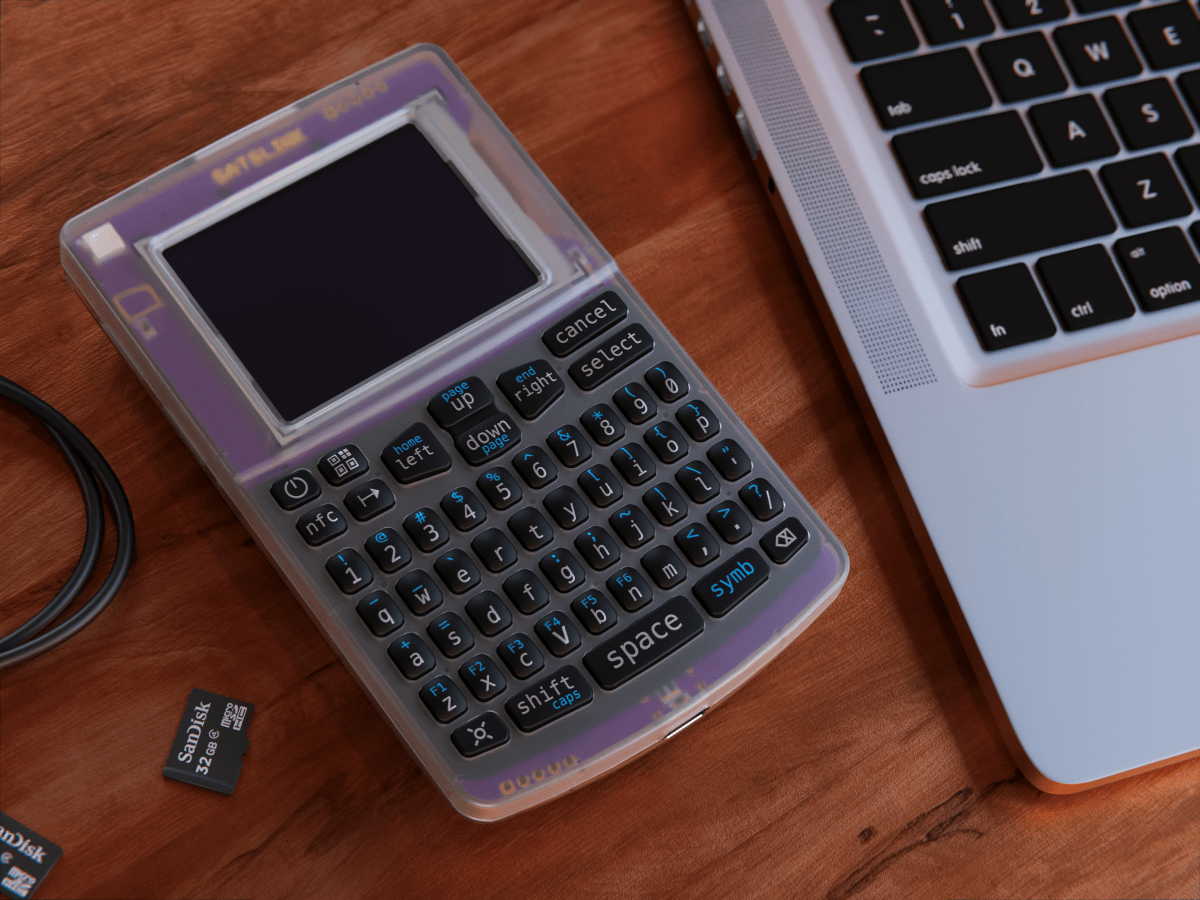The U.S. Dollar Implosion: Questions To Consider For Non-Bitcoiners
One approach to orange pilling no-coiners is to simply draw attention to the various economic uncertainties facing the U.S. Dollar today.
November 2021
Summary
The purpose of the article is to examine the current state of the U.S. dollar in reference to the average American’s mentality during economic hardship. The article will serve as a potential onboarding ramp for non-bitcoin holders through an exploration of current events and posing of questions to the reader.
Pre-Introduction, From Me to You, Before We Begin…
If you currently work, or have ever worked, what was the goal? OK, slow down there, turbo. Don’t just read that question and move forward, stop, think, and genuinely ask yourself, why did I work? Why do I work? Have you found a passion in your life where work and engagement run hand-in-hand? Perhaps you are paid to do what you love; are you even paid at all? If so, how do you take payment? Is it with U.S. dollars, exchange or trade, food, material goods, gold or silver, cryptocurrency (tokens or fractions of tokens) or some other means? Have you been paid in eggs for working on a chicken ranch? Are you a computer programmer, plumber, rocket scientist, attorney, mathematician, pediatric dentist, professor, kindergarten teacher, food service worker, engineer, manager, car salesperson, banker, peace officer, government employee or run a lemonade stand? Maybe something else entirely. The point is, you’ve been lied to. We’ve been lied to. So let’s talk, and please, keep an open mind and do your best to not get reckless as I lay out my position. In the end, know that I love you, the community that supports me loves you, and all we’re trying to do is share a position that could benefit you and your family.
Humans, in modern times, exchange time for money, in the form of “work.” We often have grandiose ideals of work, or perhaps, genuinely, you despise the notion of work. There are foundational theorists I could include here to appease the academic community; however, in truth, at this point, I don’t care if the academic community is impressed with this work, I’ve lost respect for many of them and they genuinely have no idea who I am. In reality, I’ve lost most of them already through my use of a first-person narrative, missing references and/or citations, using “and/or” like I just did, twice, ending sentences with a preposition, et cetera, so relax and cheer up. This could get ugly.
Before I was born in the 1970s, my parents bought a home in Southern California, a three-bedroom, two-bath, single-story place on about a quarter acre for around $36,000. Today, the home is “valued” closer to the $1 million mark than it is to the original $36,000 they spent. Here is the first question: Did the home go up in value? A normal response is “Yes, that ‘asset’ appreciated.” I would argue, as many others might as well, that in fact, “No, that home has not changed in any manner whatsoever.” So what happened?
The truth is that the original $36,000 U.S. dollars that home was purchased for now is not enough for a down payment on that same home a several decades later. Why is that? Consider that the home has not changed, rather, the amount of U.S. dollars required to purchase that same home has increased. So, which is it, is the home more valuable or is the U.S. dollar less valuable (or powerful) and, as such, that same home now REQUIRES more U.S. dollars to own? If the latter is the case, we have a problem. When you hear the media say “the U.S. dollar is strong” that is only because they are comparing it to worse fiat currencies. It’s akin to saying, “This is the best tasting crap of all the crap.” It’s still crap you’re eating.
A bigger question is why is “work” in the past worth “less” than work in the present or in the future? My position is that this “work” should not be any less valuable for a person who worked for a lifetime in 1914 to purchase and pay off a home versus someone today or 100 years into the future. And that is the challenge, is it not? Why can’t value in the monetary system be stored for future use; why does the “value” depreciate and lose purchasing power immediately once transferred to the worker? Moreover, why can a government simply “print” value? The moment someone is “paid” for their work, that U.S. dollar (and let’s be real, it isn’t just the U.S. dollar, it’s any/all currency printed by any/all governments with no actual value or backing, I’m just picking on the USD for now) purchase less than it did the day before? That is terrifying. This scenario is also why most Americans chase “gains” in a stock market or risky investments; the goal is to “make money” but in reality, the money (currency) is simply the vehicle necessary to exchange for the possessions, items, things or time they really want. So what do you want? A nice home, security, your business’s cash on hand to not deteriorate in purchasing power, time with the family, something else?
The American Love-Hate Relationship With Government
Americans don’t trust their government. Remember that the Constitution was written to limit governmental authority and provide as much freedom to citizens as possible, not vice versa. Yet, the same untrusting Americans habitually entrust this same government with their livelihood and future economic selves. The dichotomy of this is puzzling. A typical American worker distrusts the government and in the same breath accepts payment for their labor in a form that, once accepted, loses value exponentially, indefinitely and until that value has disappeared. How is this rational? Why haven’t the masses realized that the home they live in has never increased in value — ever. The amount of U.S. dollars required to purchase that same home has increased. Put in another way, the dollar’s purchasing power has decreased, violently, and one needs more of the plummeting currency for the same goods or services.
How does this not sink into the consciousness of American consumers? At the lumberyard, a two-by-four board may cost $2 one day and $20 the next. Did the board increase in “value” or are more dollars simply required to purchase the same piece of wood? How about blueberries? Bottled water? A gallon of gas? Have those items increased in value, have they changed in any way whatsoever, or have they remained constant and the variable society has missed the devaluation of the dollar? Queue a distracting supply-and-demand argument from a professor who has taken a few economics classes here. Dear professor, no one wants to hear your consumer price index rants when it costs the average person a day of work to fill their gas tanks and another day of work to buy groceries.
The more horrifying realization comes when an American spends a lifetime working to accumulate dollars and attempts to store that economic energy in a bank. How is it equitable that a couple who managed to save $250,000 should have 3%–20% or more of their purchasing power stolen through inflation, annually, by a government who can print dollars, at will, and literally steal the economic energy of a family who worked an entire lifetime for the promise of security? In exchange for devaluing your U.S. dollars, the bank would like to offer you a teaser rate of 0.01% interest. Enough already.
Why would any rational person save something that another person could create from nothing? The answer: We are irrational. We cling to what we know, what we’re told, and what we’re sold. We are not independent thinkers, we seek approval, and we seek significance through material goods in the past and virtual goods in the future. We attempt to finance our happiness through the leveraged debt of our time.
Ironically, governments work to ensure taxation limits the political, social and fiscal expansion of the lower and middle classes. On a Likert scale of zero to 100, where zero was the required burden of “0%” taxation and 100 was “100%” taxation of an individual’s income; the 0% population would be completely free, essentially sovereign entities, and the 100% taxed population would be, for all intents and purposes, slaves or indentured servants. This is why, I propose, corporate billionaires pay no taxes and why they have so much political influence.
American employees rationally dismiss logic and entrust their hard-earned economic future to those whom they trust the least. They place their hard-earned economic energy, in hopes of conserving their purchasing power in a bank, only to find that their purchasing power was whittled away with inflation, reckless federal spending, governmental expansion and monetary policy. Americans put in grueling work weeks, forgo invaluable time with loved ones and then exchange those hard-earned hours for pieces of printed paper with no true monetary backing. To go a step further, some attempt to invest these earned pieces of paper in a rigged financial system or worse yet, attempt to “save” a debased currency in a banking system that systematically and methodically devalues their efforts and savings each time a new dollar is printed. As such, I hope I’ve gotten your attention in an attempt to, at a minimum, question the current status quo of American savings and investing. Perhaps there is an alternative.
U.S. Dollars Are A Medium Of Exchange, Not A Store Of Value
Before one understands concepts such as inflation, deflation, devaluation, debasement, et cetera, they must come to the realization that every moment they are on Earth, the U.S. dollar in their pocket or bank account is losing purchasing power. As such, the longer that dollar is not spent, the less it will purchase in the future. The U.S. dollar, or any fiat currency for that matter, is a terrible store of value and, for all intents and purposes, is not a long-term store of value. Think of the dollar in your pocket like a perishable good from the grocery store. To be an exceptional store of value, the medium in which economic energy is converted into stored economic energy, that medium (the store of value) must, at a minimum, store that same value over an extended period of time. Why shouldn’t I be able to work for an hour, save that hour’s purchasing power if I did not need it, and then pass that purchasing power onto my children, or children’s children? This should not be a radical idea; this should be a question every rational person in America, every person in the world for that matter, asks of their government. As humanity becomes more aware of fiat currencies, workers will undoubtedly discover the difference between currency and money. Gold and silver bugs, you’ve been preaching about this for a while, thanks for the continued history lessons.
For the purposes of this article, it is understood that the printed U.S. dollar has no true value other than what is perceived to be its value by those around them. Simply put, the dollar is something one can use to exchange for goods or services, it is not a store of value. Taken a step further, the U.S. dollar is a written declaration of debt. So, when the government, via the Federal Reserve, prints more currency, they are creating new debt, not simply increasing the monetary supply. The alarming truth is that the moment “faith” in the U.S. dollar begins to deteriorate, Americans will offload paper debt-dollars in an attempt to acquire assets or true historically perceived stores of wealth (e.g., gold, silver, commodities, property) and digital assets (bitcoin/BTC).
In this vein, Americans, while engaged in heated discourse about society and the monetary system, act in a manner in line with what society expects. Americans put their faith and future, in hopes of currency having purchasing power decades from now, into savings accounts designed to systematically siphon purchasing power from them. A logical question that arises: Why does currency need to be invested or saved at all? The answer: Because if it isn’t, any currency saved will have less purchasing power in the future. Again, the ringing question is, why can’t you store your economic energy for future usage?
The average American should be aware of the fact that one hour of work 30 years ago produced “X” amount of currency and that currency, if deployed today, would purchase less than half of what it did at the time the currency was earned. Sadly, this timetable is accelerating. Inflation shouldn’t be a “fact of life” or reality for any logical person. This reality does not make sense. This fact, inflation, is beyond unfair; inflation is downright cruel and inhumane.
Some pundits would argue that an hour of work today has the same purchasing power of an hour of work a year ago, 10 years ago or beyond; it doesn’t. One may argue that, sure, when the minimum wage was $0.10 per hour or $7.00 per hour, a loaf of bread, a gallon of gas, or a home was proportional to the amount earned at these times. Unfortunately, that is inaccurate and is part of the lie Americans have been taught to believe. The “proportional lie” is where the wealth gap, the inequity and the systematic decimation of the middle class have occurred. This is not a Democratic or Republican issue, the issue is not with politics per se, it is with the financial system as a whole and a public lack of understanding.
Why does an hour of work from 30 years ago become, over time, less valuable than an hour of work completed 30 minutes ago? Additionally, why can’t American workers simply store that economic energy and deploy it when they see fit? The reality is that as a result of currency debasement and continued currency creation, each dollar earned is devalued (can purchase less in the future than it could versus when it was immediately earned) by each additional dollar printed and put into circulation. The reason a dollar today will have less purchasing power in the future is because the federal government has already spent the dollars Americans have earned and as such, to pay off their (the government’s) debt in future dollars, plus interest, your dollars must become less valuable.
Every moment you don’t spend your currency is a moment that you lose purchasing power; and this is exactly how the Federal Reserve and the federal government want it. Continue to spend, continue to consume and discourage saving; or better yet, risk your economic stored energy in a stock market where the system can, in an instant, separate you from your wealth and transfer it to someone or something with no appreciable, economic or socially supportive skill set. Americans want to shock the system with an old mentality? Liquidate all cash holdings, purchase tangible assets, commodities and items with true stores of value; someone would have done well with toilet paper, paper towels and cleaning products during the beginning of the COVID-19 pandemic in early 2020; as did firearms and ammunition dealers; as did persons selling live chickens that would eventually produce eggs for consumption. Note that these examples did not “increase in value,” rather the dollars required of them increased and conversely, the dollars’ purchasing power decreased. Imagine a system where millions of workers stopped working for the system and began working for themselves and any excess “value” they earned was not stored in a bank to depreciate and die, but potentially “paused in time” and retained purchasing power, indefinitely. This is the promise of Bitcoin.
While a complete detachment from the system is improbable for the masses, one can begin to see the logic of the social “fringe” and perhaps empathize with those whom the media casts out as doomsayers, paranoid or illogical. How does someone who lives on an environmentally sustainable farm, with its own well water, food source and neighbors willing to barter when crops are harvested, threaten America? By definition, it is American. The threat lies in the fact that these farmers have detached themselves from the system as much as possible. We’ve been conditioned that the “rich” or “poor” are the problem; this isn’t the case, monetary policy is the problem. The politicians, on both sides, who benefit from loose monetary policy are the problem. A legacy banking system that steals percentages of every digital transaction is the problem.
Let’s get back to that rancher. In some cases, the rancher’s home is paid off, they live below their means, their waste is often recycled and reused back into the land or animals, they have invested in tangible assets that hold their value (a farmhouse, stables, land, livestock, gold, silver, weapons, tools, machinery, etc.). The real threat is that these assets are privately held in the family’s hands and not as binary inputs on a server. They are real, tangible, valuable and a historically true store of value; yet they are imperfect. Homes and stables need repair, land is taxed, livestock get sick and die, gold and silver require storage, and so on. Of course, “assets” are still subject to government overreach via taxation and law, in an attempt to force the government’s will on the rancher’s livelihood and independence. Even farming families today have explored options of wealth preservation outside physical, tangible assets. Once the farmer has the tractors and supplies needed, what are they to do with potential excess currency earned from an abundant year? Should every morning they wake prior to sunrise, every splinter, cut, scrape, blood, sweat or tear be converted into a currency and then placed in a bank to subsequently die a slow death or is there an alternative for their family? Why can’t the rancher store excess economic energy from abundant years and deploy that same energy when crop yields are potentially low in the future?
Cost Of Living
What is a loaf of bread worth to the average family? One may posit that a typical response, in any given amount, would be associated with the U.S. dollar. Perhaps one would suggest, in 2021, $2.00 or $4.00 would be a fair price for a loaf of bread. The purpose of this section is to propose that any U.S. dollar amount is irrelevant. As a commodity, bread, electricity, fuel or other essentials for existence are traded in exchange for human energy. In modern times, Americans have expended energy in the form of work, exchanged that energy for a currency (the U.S. dollar) and then used that currency to purchase essential commodities for existence, pleasure or prosperity.
A standard loaf of bread in 1904 has been reported to cost between $0.04 to $0.08, with an average annual family income of $438.00 to $827.00 (according to conflicting reports). When divided by 50 work weeks per year, at five days per week and thus totaling 250 work days per year, the daily average income for an American worker in 1900 was $1.75 to $3.31 per day. This meant that, in 1900, depending on a person’s average income, they could purchase between 21 and 41 loaves of bread per day of work. I know this is a lot of bread, but follow me here for a minute.
In 2013, the real median income level, measuring half of households below and half above this level, in the United States was $57,000 per year. When dividing this number by 250 (as conducted above) with a reported average recorded price of a loaf of bread being $3.75, equals over 60 loaves of bread per day of work. One could then argue that either the cost of living has gone down, the technological advancements of bread-making have made it more efficient and thus, driven the prices down, or perhaps something out of an economist’s playbook, a mathematical formula that takes into account government subsidies on wheat producers addresses this dilemma. Trust me, I’m sure a model is being worked on by a tenured professor somewhere. Perhaps the fact that the government subsidized the American farmer and thus drove down the cost the raw materials needed to make bread played a factor? Either way, life is easier and the cost of living is cheaper today, right? This is the lie you’ve been told. This section suggests these assumptions are inaccurate and outright dangerous.
The annual or real median income level reported above includes the incomes of multimillionaires and billionaires in the census. The key term is “median.” Remember, in school, you probably learned that mean is the average, median is the “middle” value and mode is the highest frequency (most repeated) value. One would have been better suited to explore the mean or mode for the “real income level” but in doing so, statistics begin to look unfavorable for the American worker.
How would these results change if a minimum wage earner were examined? The federal minimum wage, in 2013, was $7.25. Per day, a minimum wage earner in 2013 earned $58.00. This would translate to approximately 15.5 loaves of bread per workday; a far cry from the potential 60 loaves in 2013 earned by the “median” American data and well below even an average laborer in 1900. With these calculations, for a minimum wage earner to earn the equivalent commodities (in this example, bread), the minimum wage for a U.S. laborer would need to earn a minimum of $18.75 per hour. These results do not compensate for state or federal taxes; however, this is not a call for an $18.75 per hour minimum wage. By simply raising the minimum wage, short-term purchasing power is increased, yet, in the long term, simple inflation washes away the purchasing power. For example, in an America with an $8.00 minimum wage, perhaps a loaf of bread is $4.00. In an America with an $18.75 minimum wage, that loaf of bread may double in price; moreover, the taxes paid by the employee would increase.
Unfortunately, simply raising the minimum wage of American employees will not solve the issue. A massive influx of dollars by the Federal Reserve has crushed any hopes of the poverty line moving in any direction but up. Detailing the current issues with the inflationary challenges presented by a fiat currency and the challenges presented in this article, in reference to an increased cost of living but decreased currency for survival, one can imagine the impossible task presented to a minimum wage worker attempting to provide for their family as well as attempt to prepare for the future.
A Potential Solution
For thousands of years, gold was the “go to” store of value for individuals, nations and thriving economies. There are history books riddled with tales of everything from buried treasure to mass murder in attempts to take possession of the golden rock. In several instances, physical gold backed printed paper currencies, well, that was until the debasement of the currency reached a threshold that was unstainable and the “backing” was broken. Queue Nixon’s 1971 speech and the lie in the use of the phrase “suspend temporarily” or Romans clipping the edges of coins or melting them down with cheaper metals. Again and again, we’ve been lied to.
Gold is good, but it isn’t perfect as a store of value. Each year around 2% is mined and thus, the supply increases. When the price increases, miners are incentivized to ramp up production, and thus, pricing fluctuates in accordance with the supply. Bitcoin is different as there will only be a set supply ever created, 21 million. Moreover, as currency continues to be printed, gold continues to be mined, Bitcoin’s production remains constant, until, well, there are no more to be mined, ever.
This will be the second major lie I’ll cover. Big banks, media tycoons, members of Congress, senators, politicians, doctors, lawyers, dentists, professors, peace officers, even some kids, own bitcoin. The Chinese government essentially banned Bitcoin and yet they own, as of 2021, around 300,000 coins. American politicians seek to regulate the digital asset on one hand, and mayors and professional athletes are scurrying to be paid in bitcoin as the legal landscape unfolds.
What do many of these pro-Bitcoin Americans know about the digital asset that non-Bitcoin owners do not? My assumption is that, honestly, most Americans haven’t given this much thought. Odds are, you are in one of a few camps at this point. One, you hold bitcoin and continue to accumulate — as such you’re probably reading this article for affirmation, I feel you. Two, you do not hold bitcoin and are beginning to become increasingly aware that your purchasing power has been diminished — it’s OK to ask questions, this community is a good egg for the most part. Three, you own some Bitcoin, or have in the past, but you trade altcoins like a degenerate in your mom’s basement — no love lost here, but please don’t begin to spew those OG arguments about BitcoinSV and how massive gains in LawnClippingsCoin are the only way to go for real gains. The question I have for the third group is this: What is your end goal for the coin(s), NFTs or tokens that you hold? If the answer is to sell them at a profit, then that is the ultimate trajectory for the coin, to be habitually “gotten rid of” so please be careful with those hot potatoes.
Bitcoin is different. The holders of the digital asset, in many instances, may never sell, ever. Many see the asset, the property, beyond something of “digital gold;” they see digital property, digital real estate and a claim on future prosperity. This mindset should tell you more about the trajectory of Bitcoin than the daily price predictions. Non-Bitcoin holders, your first step in considering when to “get off of zero” (i.e., not holding any Bitcoin) is to work to answer the questions I’ve laid out above. Consider yourself, your family and those you care for. Explore options of how to “store your economic energy” and what instruments and tools are at your disposal. After hundreds of hours of homework (years for me), you’ll probably come to the same conclusion I did in 2016 (after being exposed to cryptocurrencies in 2012). Bitcoin (BTC) is a potential solution. Bitcoin, with all the volatility and negative news at times, is my safer bet, long term, than the dollar. Now, I could be wrong, we could all be wrong, and there is always the disclaimer that this is not financial advice and that I’m not a financial planner, however, what keeps me up at night is knowing that every dollar I have today will purchase less tomorrow. One suggestion, exchange your fiat, depreciating, U.S. dollars, when you have excess, for a true store of value. From my perspective, that store of value is bitcoin. Do this every day, week, month or year. Accumulate, buy often and consistently. I wish you the best.
This is a guest post by Dr. Riste Simnjanovski. Opinions expressed are entirely their own and do not necessarily reflect those of BTC Inc. or Bitcoin Magazine.

